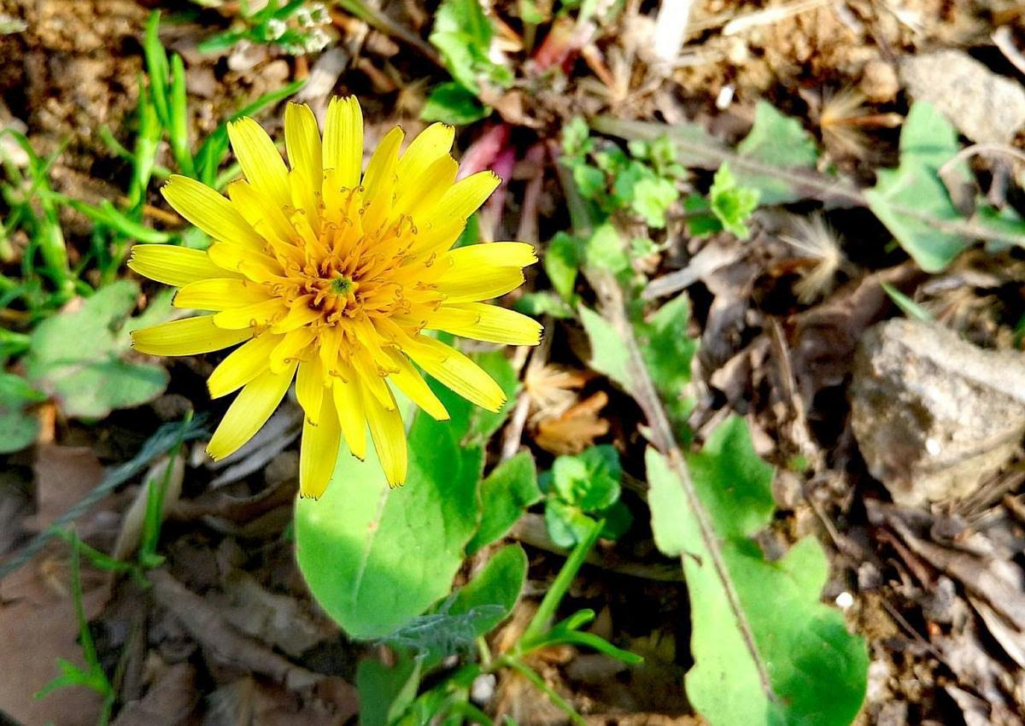
Every year, folks are plagued by winter and summer annual weeds. Do you remember all the yellow pastures full of buttercup? Was your yard purple with deadnettle or henbit? What about fields of white chickweed? When it comes to winter annuals you have a decision to make. Do I want to control them, or do I want to tell myself they’re valuable for pollinator forage in early spring? The biggest thing to remember is these weeds compete with your turf or desirable forages.

For weed control options, you can obtain a copy of the Georgia Pest Management Handbook online. There you’ll find unbiased recommendations for just about anything. When you click on the Lawn and Turf or Perennial Grasses links, you’ll find recommendations for eliminating specific weeds. Notice the herbicide options are broken into Pre- and Post-emergent options. Pre- options means you eliminate the weed as it germinates from seed. For winter annuals, your target is September 1st for application. You can follow with another application on October 15th , or just let it ride. In spring, shoot for March 1st and April 15th for summer annual control. Keep in mind these pre- options prevent seeds from germinating, so they are not good choices if you’re hoping to overseed this fall.
For post- options, look around mid to late October for control. Wait until you know you’ve had some cool rains and watch for germination. Most weeds are best controlled in a seedling stage. Keep in mind these post- sprays often have soil activity for 6-8 weeks or more, depending on the product. If you’re looking to overseed, if you’ve sprayed anything this summer, you might not have success. Once a newly seeded area has developed, you can often apply post products over the top without harm.
Keep in mind with any pesticide to read the label. This protects you, your lawn or pasture, and the environment. Too much of a good thing can be more harmful than nothing at all, while too little is a waste of time and money. If you need help with calibration, we’re always here to help. Calibrating a tractor-driven sprayer takes about an hour. It’s a very easy technique that will save you time and money. You’ll wish you called sooner. I can promise that.


